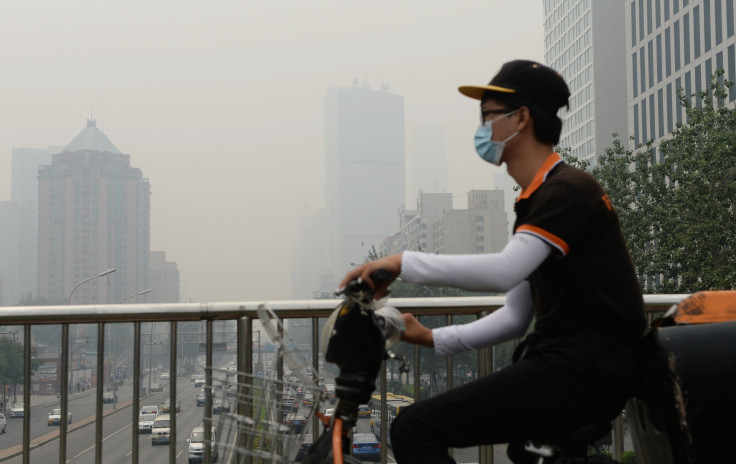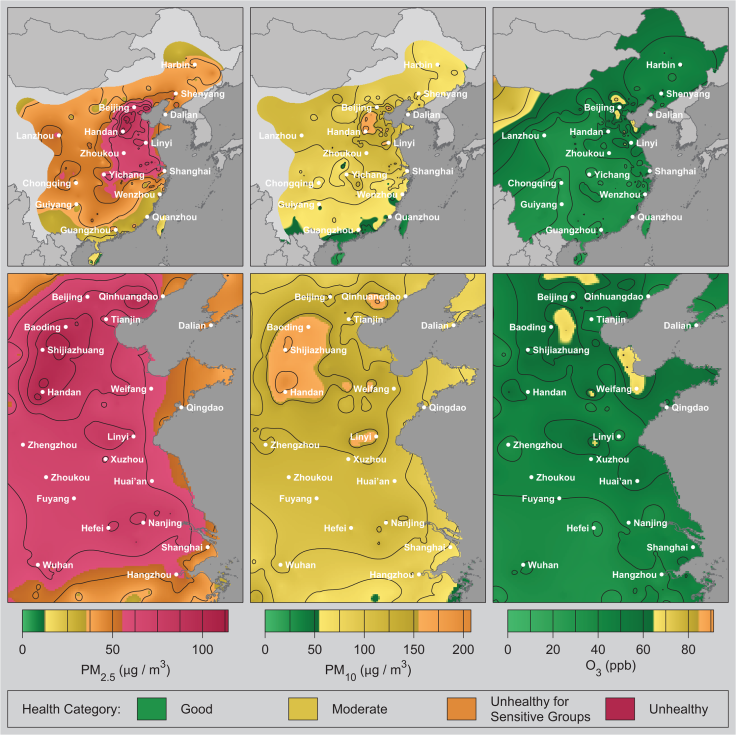China Air Pollution: Scientists Create Google Map Showing True Extent Of China's Smog Crisis

Scientists have used newly available data from China, combined with Google Maps, to produce a near real-time online map that vividly illustrates the extent of the country's air pollution problem, which a recent report suggested kills 4,000 people a day in the country.
The map, which can be viewed here, was created by researchers from the University of California, Berkeley, and Nanjing University in China. It draws on data, recently made available, from 1,500 sites across China.
“The greatest pollution occurs in the east, but significant levels are widespread across northern and central China and are not limited to major cities or geological basins,” Robert Rohde and Richard Muller wrote in their paper, published in the journal Plos One.
During the period analyzed by the researchers -- from April 2014 to August 2014 -- 92 percent of China's population was exposed to unhealthy air for more than 120 hours, and 38 percent experienced average concentrations of pollutants that were unhealthy. The study also said that air pollution is a contributing factor in 1.6 million deaths a year, or 17 percent of all deaths, in China.

The map, created by the researchers, provides near real-time information on particulate matter air pollution less than 2.5 microns in diameter (PM2.5). “Under typical conditions, PM2.5 is the most damaging form of air pollution, contributing to heart disease, stroke, lung cancer, respiratory infections, and other diseases,” they wrote.
Chinese Premier Li Keqiang vowed to "declare war" on pollution at the country's 2014 annual legislative gathering and announced new measures to add to a raft of existing ones.
A recent study suggests that China's air pollution problem is so severe that it impacts air quality and public health in the United States. A study by researchers from the Royal Netherlands Meteorological Institute, revealed that ozone pollution from China has significantly impacted pollution management in the western U.S., resulting in an offset of 43 percent of the region's efforts to curb the amount of pollutants detectable in the area.
© Copyright IBTimes 2024. All rights reserved.






















